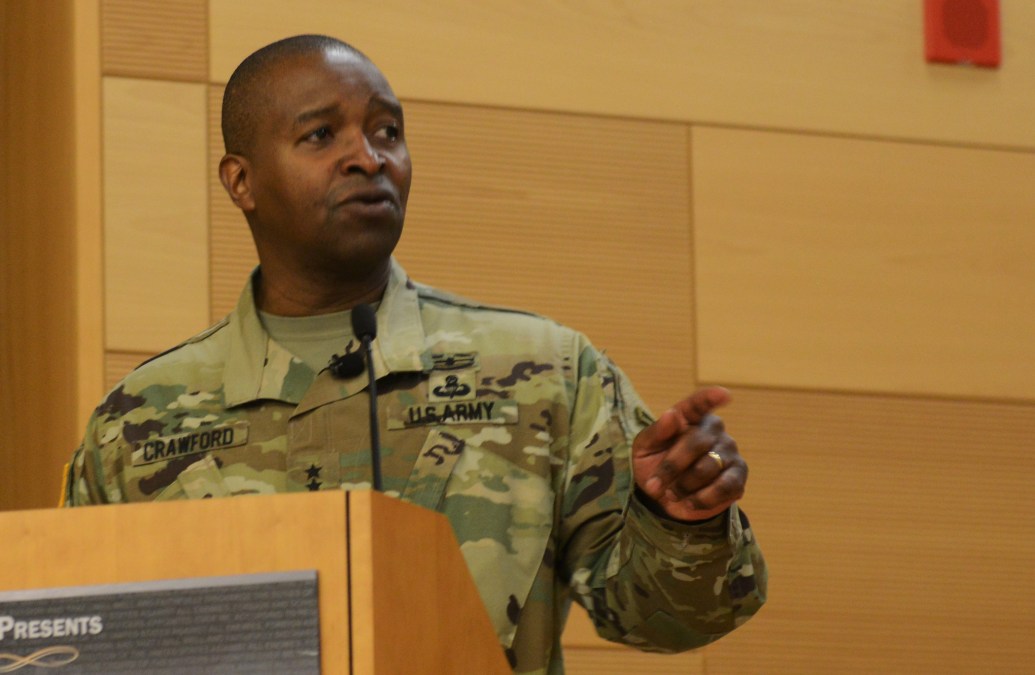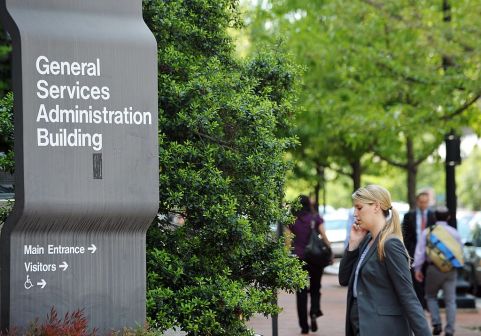Army to split CIO/G-6 position into two new roles

The Army will no longer have a CIO/G-6 come August. Instead, the largest military branch will have a civilian CIO serving as the chief IT adviser to the secretary of the Army, and a three-star general in charge of policy implementation and working closely with uniformed staff.
When the top-level CIO portfolio is split off, the G-6 position will be designated deputy chief of staff of the G-6 — abbreviated DCS G-6 — with a focus on military issues, including work with Army Cyber Command, according to a news release.
The split will start a realignment of the Army’s entire IT workforce.
“The Army views data as a strategic asset and this separation of functions will better focus the responsibilities, policies and programs necessary to enable the Army to transition from the Industrial Age to the Information Age,” the release said.
The current CIO/G-6, Lt. Gen. Bruce Crawford, will remain in the joint position until Aug. 31, when the split will happen. Army leadership is currently scouting out who will fill the new roles, Crawford said during a virtual press conference Friday. The DCS G-6 position will be Senate-confirmed, as is the current CIO/G-6 position.
“This was a bold decision by the Army, but I think the right decision by the Army,” said Crawford, who was promoted to three-star general upon taking the job.
The decision came after “deep study” and the realization that the structure of the Army’s IT workforce was not meeting the challenge of the times. Splitting both the leadership and restructuring the workforce will help the Army become a more modern force with digital infrastructure, Crawford said. The CIO/G-6 office has been merged for the past 18 years.
The change comes as the Army is in its “foundational” year of better data use. Much of the CIO’s office work has focused on modernizing networks, cloud migration and defining stronger data governance practices. In March the Army stood-up the Enterprise Cloud Management Office, which was “functionally operational” by the time the pandemic hit.
The CIO’s office also was critical in responding to the coronavirus pandemic. As the Army was forced into a “maximum telework” posture, the CIO jumped to action to bring more cloud-based tools to keep the 1.2 million-strong workforce across the Army marching forward. Now, more than 300,000 employees are using Microsoft Teams through the Commercial Virtual Remote Environment, a number expected to grow.
“I think the COVID-19 environment actually created some opportunities to accelerate some of the ideas that we had and to rapidly accelerate the rollout of capabilities,” he told FedScoop in May, calling the pandemic the “new normal” or the “new now.”
The use of modern mobile collaboration tools is going to stick, Crawford and other IT leaders in the DOD have said. The new CIO and DCS G-6 will be in charge of managing this new normal for the Army.
Correction: An earlier version of this article misstated the name and Senate-confirmation status of the new DCS-G-6 role.






